There are eight native forest bird species to the islands of the Hawaiian archipelago. Four of the eight are on the federal endangered species list.
Hawaii, the Epicenter of Bird Species Extinction
The islands of the Hawaiian archipelago supported at least 113 endemic species of birds prior to the arrival of humans. Prior to the arrival of Europeans 48 species of birds went extinct. Captain Cook arrived in 1778 and since then another 23 species of birds have gone extinct. And of the remaining species, 10 species have not been observed for 40 years.
Iiwi
The Iiwi is one of the four native forest birds on the federal endangered species list. Once numerous on the island of Kauai, the Iiwi population on Kauai has seen a 92% decline over 25 years. The Iiwi's overall population decline across the Hawaiian archipelago could lead the extinction of the species by 2100.
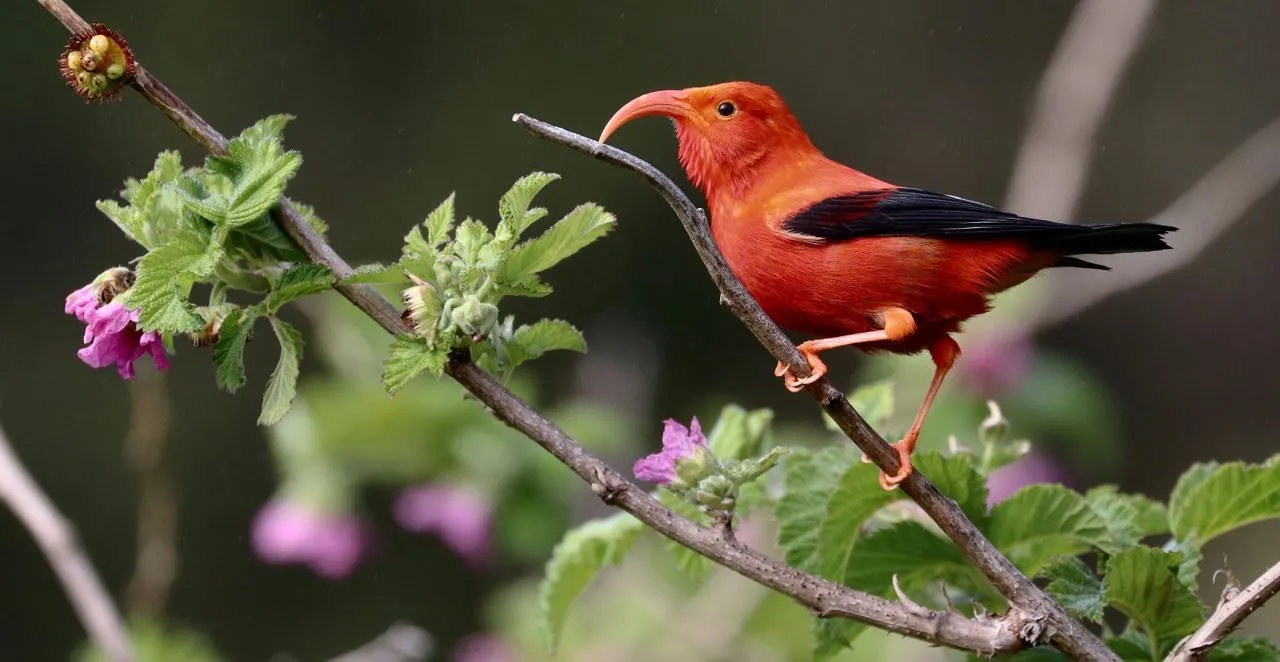
Image Source
Native Hawaiians mades helmets, capes, and cloaks with bird feathers. The red feathers of the Iiwi being a treasured color of the ruling class.

Image Source
Invasive Species
Native forest birds of Hawaii including the Iiwi are pressured by invasive species, such as rats, cats, mongoose, and mosquitoes. The mosquito poses the greatest threat to the Iiwi.
Before the 1820's there were no mosquitoes in Hawaii. In the late 1820's larval mosquitoes jumped ship from a trading vessel from Mexico. Mosquitoes were firmly established in Hawaii by the mid-19th century. In 1910 the fears of mosquito-born deseases intensified. Six species of biting mosquitoes eventually became established in Hawaii.
The southern house mosquito spread deadly diseases through the native bird Hawaiian bird population. The native forest birds had no natural immunities to these mosquito-borne diseases.
- Late 1800's, avian pox.
- 1920's or 1930's, avian malaria.
Mosquitoes were densely populated in the low elevations across the Hawaiian archipelago. By the 1950's disease-free habitats for native forest birds were only at elevations above 4,000 feet.
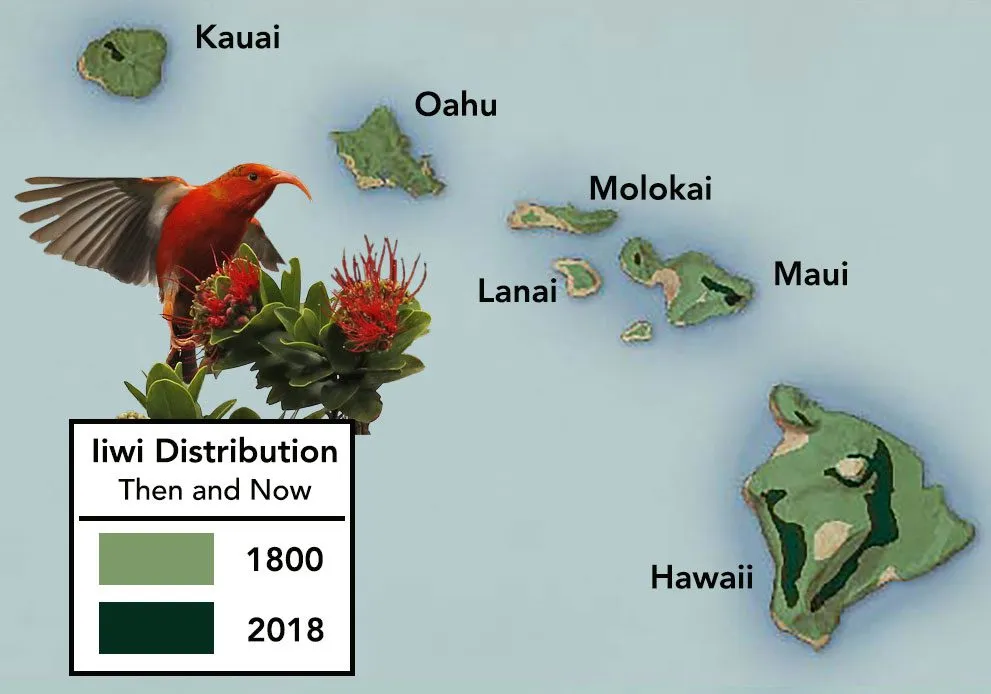
Image Source
Today, 90% of the remaining Iiwi population, estimated to be 543 thousand, is clustered in the mountain forests of the big island.
Rapid Ohia Death
The ohia trees are one of the most important food sources for the Iiwi.
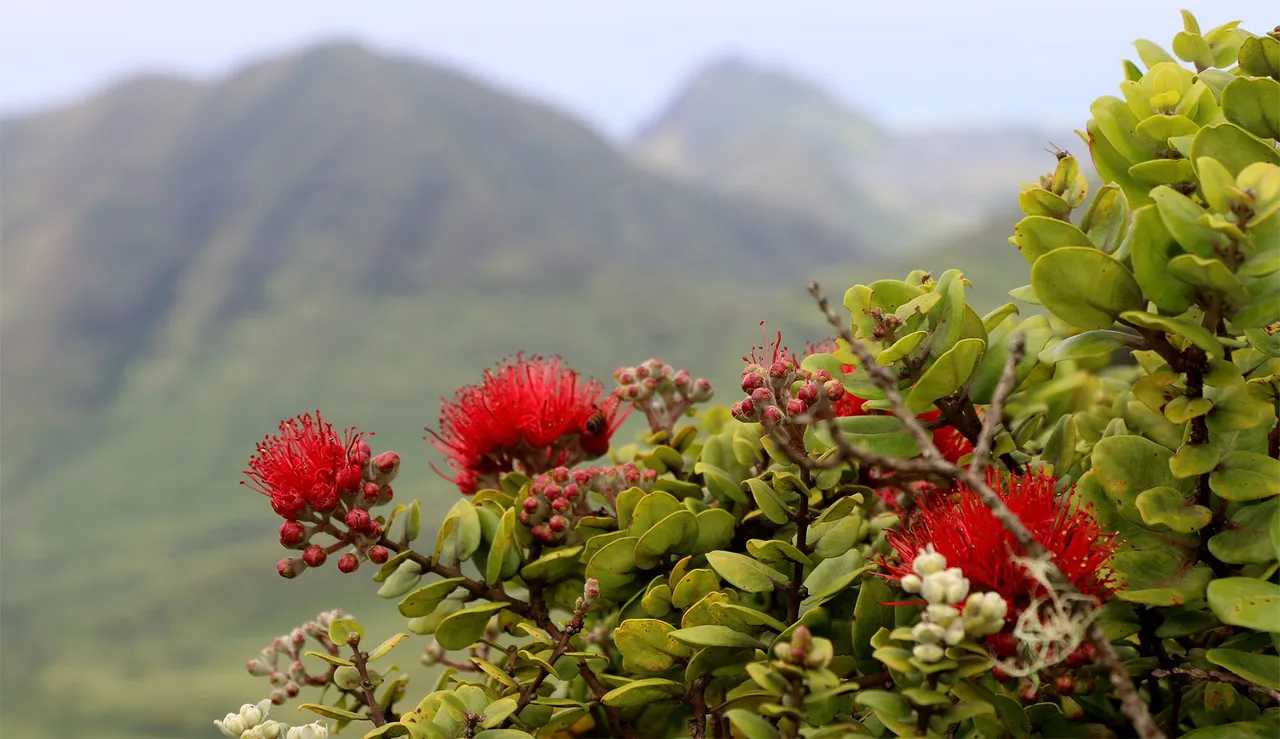
Image Source
Iiwis eat insects in the bark of the ohia trees, nest in their canopies, and slurp nectar from the blossoms.
A newly identified tree disease has been brought to the Hawaiian islands accidently via the tree nursery industry. The tree disease, Rapid Ohia Death, is a non-native fungus that kills ohia trees within a few weeks of being infected.
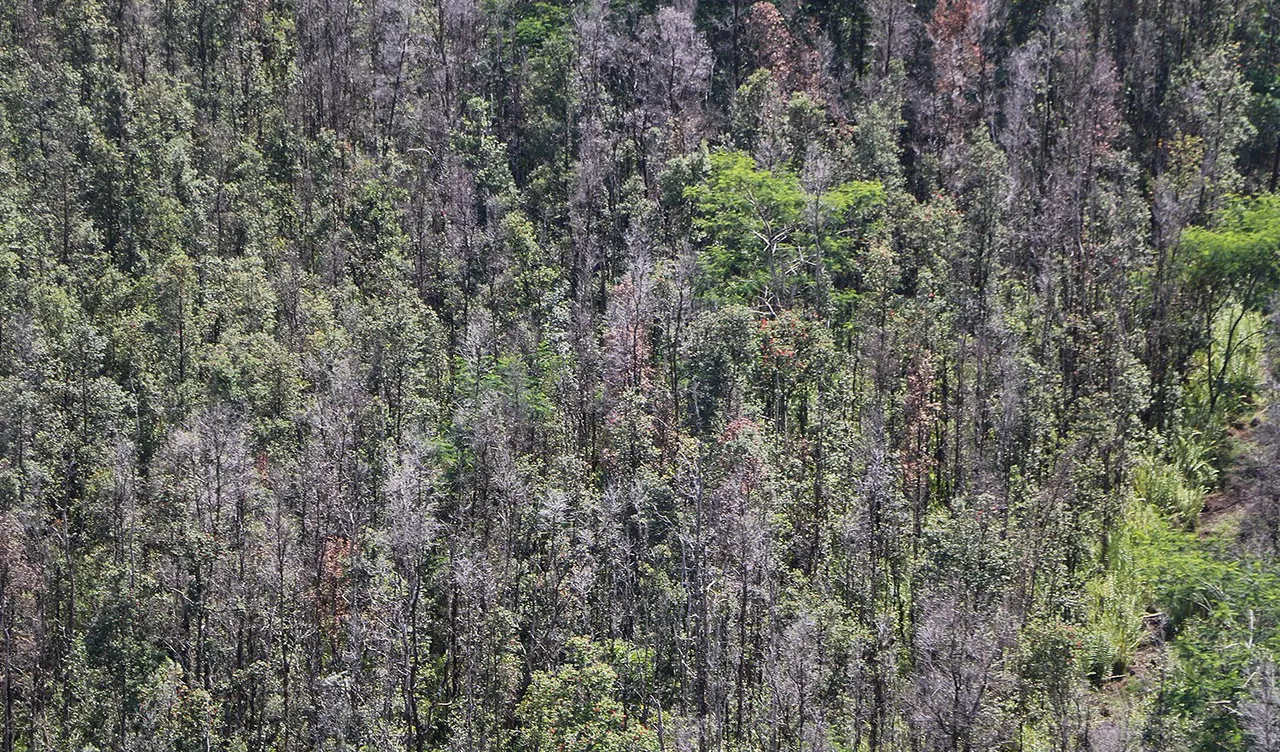
Image Source
The disease is spread by automobile tires, landscaping tools, and hiking boots. The disease is also spread from windborne sawdust produced by beetles that drill into the ohia trees.
Reason for Hope: Life Finds a Way

3 second "Jurassic Park" clip by MoovieQuotes published on 22 January 2013
Conservationists at Hakalau Forest National Wildlife Refuge are planting other nectar-producing plants favored by Iiwis to replace the ohia trees killed by Rapid Ohia Death.
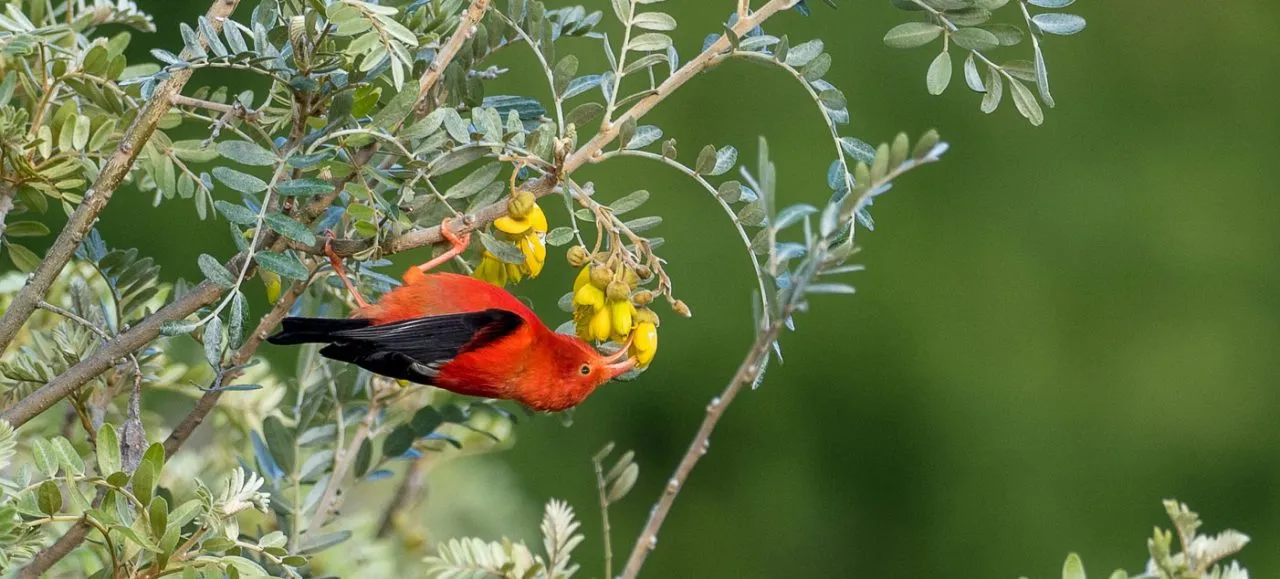
Image Source
Two hundred years after the introduction of mosquitos to the Hawaiian archipelago, some native forest birds are developing tolerances or immunity to the mosquito-borne diseases.
The native forest birds of Hawaii are adapting. Researchers are encouraged and hope that extinction rate of species on the Hawaiian archipelago can be reduced through conservation efforts.
Sources and Full Articles
Keeping Hope Alive For Hawaii’s Iiwi, The Cornell Lab of Ornithology -- All About Birds, 13 June 2018
Wildlife Programs: Forest Birds, State of Hawaii, Division of Forestry and Wildlife
Thank You!
Thank you!